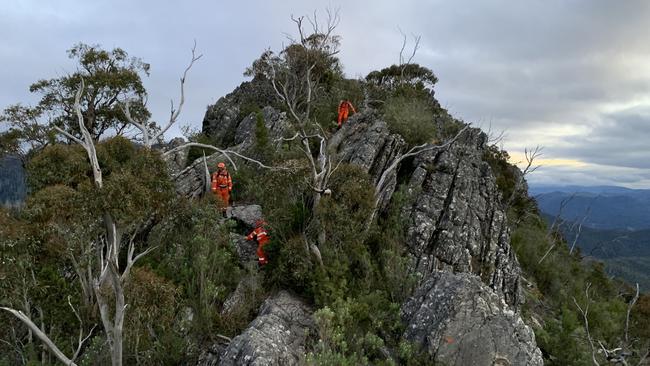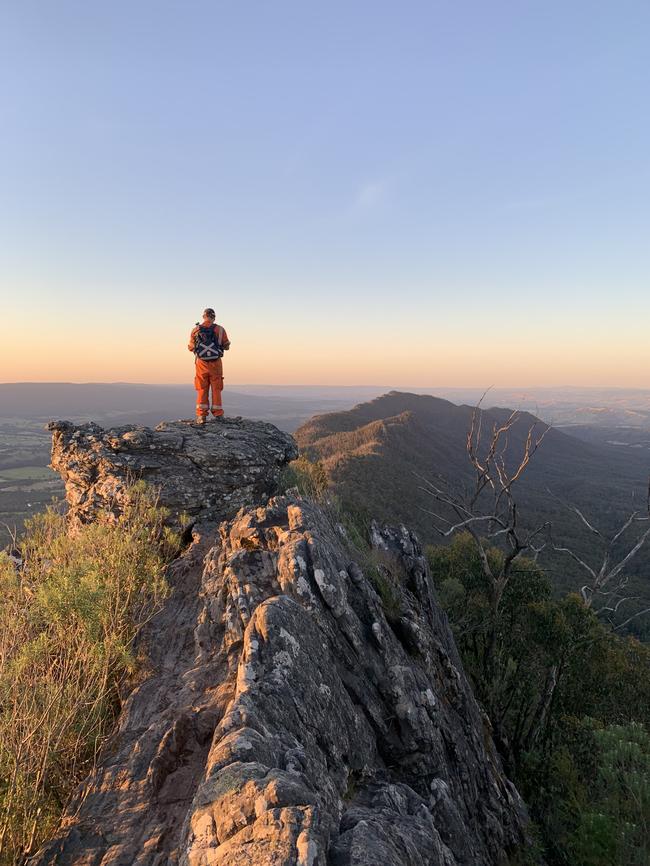SES, Parks Victoria warns hikers of dangerous winter conditions
Visitors to popular state parks consume significant rescue agency resources, so as winter begins, hikers have been warned to take extra care. Here’s why.

Leader
Don't miss out on the headlines from Leader . Followed categories will be added to My News.
Special caution has been urged of hikers at Victorian state parks as winter begins and days shorten, increasing the risk of being lost in the dark or injured.
The State Emergency Service said high ridges at areas like Lerderderg or Werribee Gorge will cut daylight hours even shorter during the cold season, and combined with wet conditions, will make serious falls and hypothermia more likely.
Visitors to popular state parks consume significant rescue agency resources: search and rescue operations require, on average, eight VICSES volunteers in three vehicles, working for around four hours, amounting to thirty-two hours of volunteer time for each rescue.
For example, in the three years prior to 2020 the local SES branch had to help 70 people out of Cathedral Range State Park in Victoria’s northeast.
Nevertheless, since signs were afterwards upgraded at the Cathedral Range, fewer than 20 people have been seriously lost or injured in the area.
Emergency markers to help hikers pinpoint their precise location have also recently been installed at the site.

Parks Victoria area chief ranger Andrew Sawicki said the Cathedral Range “shouldn’t be underestimated”.
“The tops of the ranges are very exposed and if you are not properly prepared bad things can happen,” he said.
“In 2019 we had a spate of rescues – four over three days at one point.
“The majority of our work in the park was for walkers who didn’t have a headlamp and became lost after dark.
“The tracks in the park don’t appear long on paper, but they are tricky, and it takes a long time to travel small distances. People were caught out because they were unprepared.”
The SES and Parks Victoria recommended walkers know their limitations, wear appropriate clothing, pack plenty of water, learn a track’s emergency markers, and have proper communications equipment, such as a satellite phone, before setting off on any trips.
The Parks Victoria website contains information about public parks and walking tracks.


